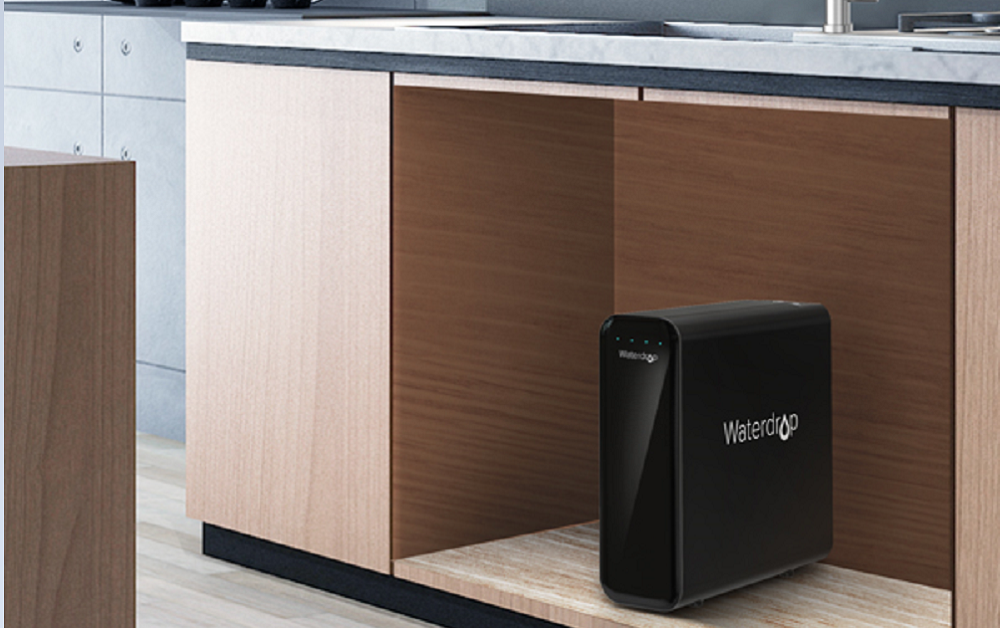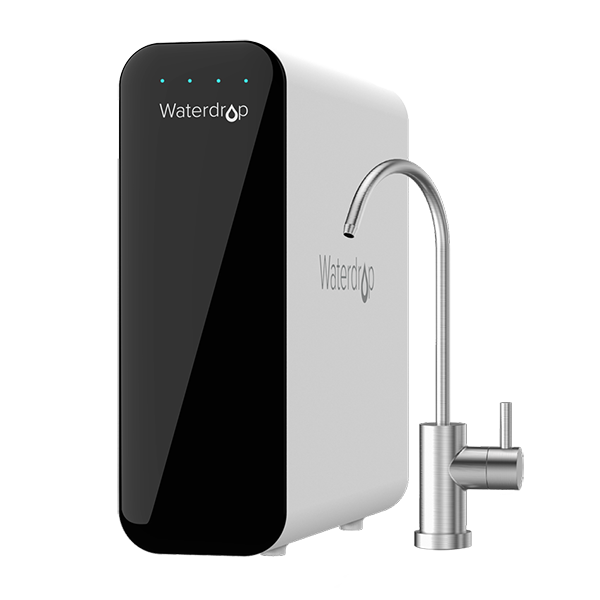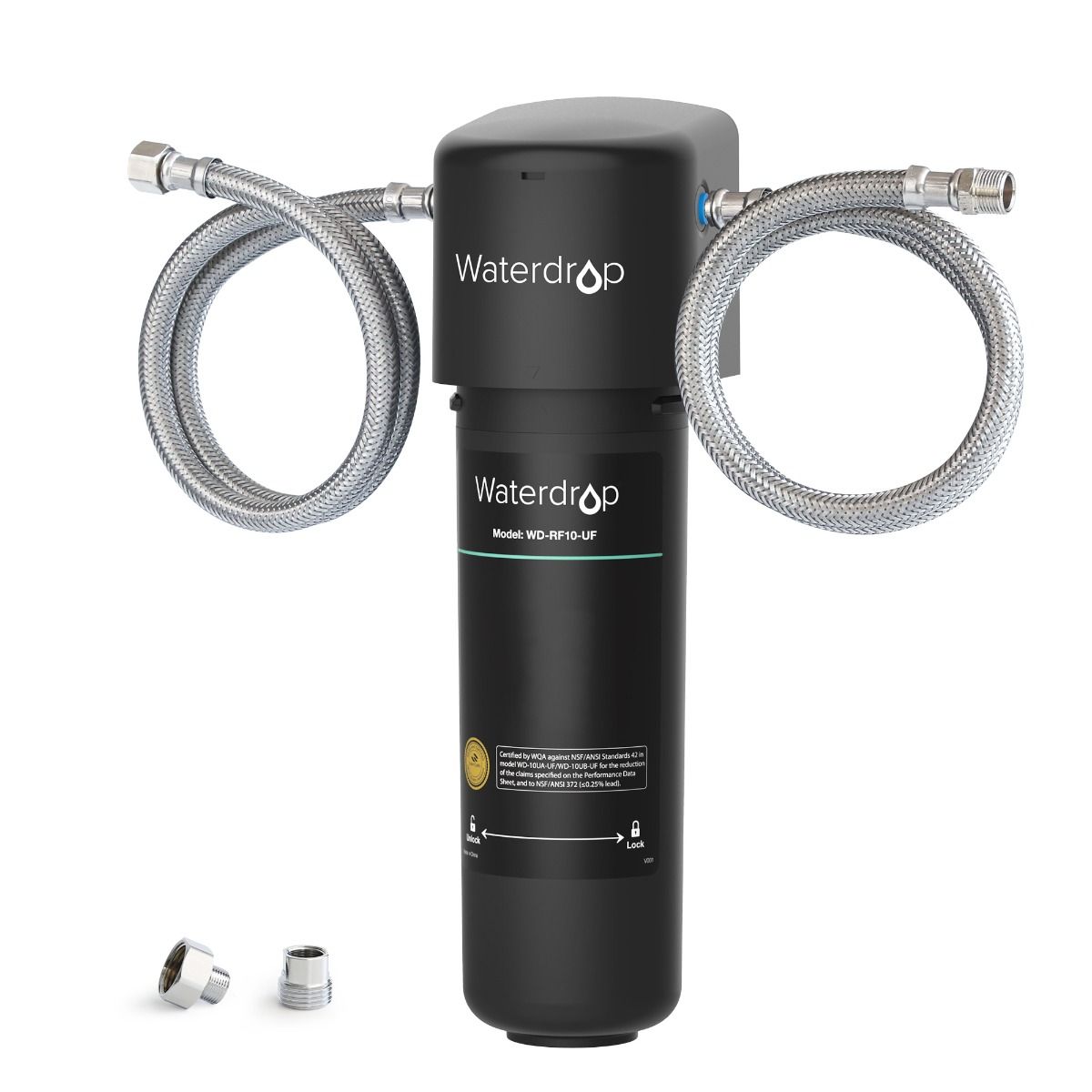The Ultrafiltration system is a water filtration system using an ultrafiltration membrane as the core filtration media. The ultrafiltration membrane is semipermeable that contains hollow fibers with pore size ranging between 0.01 to 0.1 micron, which is several thousand times smaller than a human hair.
Working principle and application
The ultrafiltration was first introduced at the late 19th century but only start as a separation process in 1963. Since then, UF is used in industry and research for purifying and concentrating macromolecular solutions, especially protein solutions.
In the late 1990s, modern membrane technology started to use polymeric membrane chemistry as well as processing techniques in membrane manufacturing, which these new materials and manufacturing methods made UF an very efficient process in terms of water purification.
The nature of ultrafiltration is not fundamentally different from reverse osmosis, microfiltration or nanofiltration, except in terms of the size of the molecules it retains.
The filtration process utilize the water pressure from the pipe to get rid of the undesired particles in water. While water feeds in, the particles larger than the pore size would be retained on the surface of the membrane, whereas water and beneficial minerals that are smaller than the pore size would pass through and become the drinkable water.
Removable substances
The Ultrafiltration (UF) is effective in removing bacteria and other microorganisms, particulate material, and natural organic material. When strategically combined with other purification technologies as a complete water system, UF is ideal for the removal of colloids, proteins, pyrogens, proteins, and macromolecules larger than the membrane pore size from water.
The UF system could also partially reduce algae, chloride, copper, lead, mercury; whereas it has no effect on chemicals and TDS.
Benefits of ultrafiltration
Excellent filtration performance
As mentioned above, UF yields excellent filtration performance by removing bacteria and other microorganisms in water. With the pore size of 0.01 micron, a well-designed system could significantly remove rust, sediment, chlorine taste and odor, benzene, bacteria in water whereas retaining the dissolved minerals beneficial to human bodies.
Retention of beneficial minerals
Reverse osmosis is famous for removing the total dissolved solids(TDS) in water. Yet, the TDS also contains beneficial minerals like calcium and magnesium. As long as you are not live in areas with high TDS water, and you would like to retain these beneficial minerals, then the UF would be ideal for you.
If you identify your source water has a high TDS level, then reverse osmosis is a better choice as overmuch TDS would significantly affect the water taste. The US recommended maximum TDS level is 500 mg/L.
Zero waste water
One big highlight of the advantages of having a UF system is its high efficiency in using water. Unlike reverse osmosis that produces waste water for the purified water, the UF system brings clean water without any waste water discharge.
Besides that, since the UF system runs based on the home water pressure, most of the UF systems do not need an electricity supply, which further reduces the energy consumption.
Affordable price
The UF water filter system is a very budget-friendly system. The average price of a home use UF system is around $150-$200 depending on the filtration material and design. The service life of a UF filter is around 12-24 months, the long filter service life also reduces the maintenance cost and efforts. You can enjoy safe drinking water at a trivial daily cost.
Different types of ultrafiltration systems
Integral Under Sink Ultrafiltration System
The integral under sink UF system is one of the most popular options on the market for its compact and modern design. The model below is a smart ultrafiltration system from Waterdrop, which has smart filter life indicators on the front panel to demonstrate the filter status in real time.
The system uses polypropylene, activated carbon as pre-filters to remove most of the large eye catchable impurities including colloids, sediments, and rust in water. Then 0.01-micron UF membrane filter to remove bacteria, superfine rust and sediments, lead and other heavy metals.
The final stage follows with another activated carbon filter to improve the taste and eventually flow to a dedicated faucet for home drinking, cooking, etc.
The UF filter also has an extended filter service life of 24 months, meaning you do not have to worry about the replacement and maintenance cost very often.
Single-stage Under Sink Ultrafiltration System
The single-stage UF system is another great option for the home UF system. Most of the traditional UF system adopts this design for the pure functionality.
he filter removes large impurities, and the UF membrane filter further removes the small particles, bacteria and living microorganisms in water, Post activated carbon improves the taste.
This single-stage UF system adopts food-grade material, which makes the water filter for the sink resistant to corrosion and compression. The thick sealing ring in the cap prevents leakage and adds extra safety.





